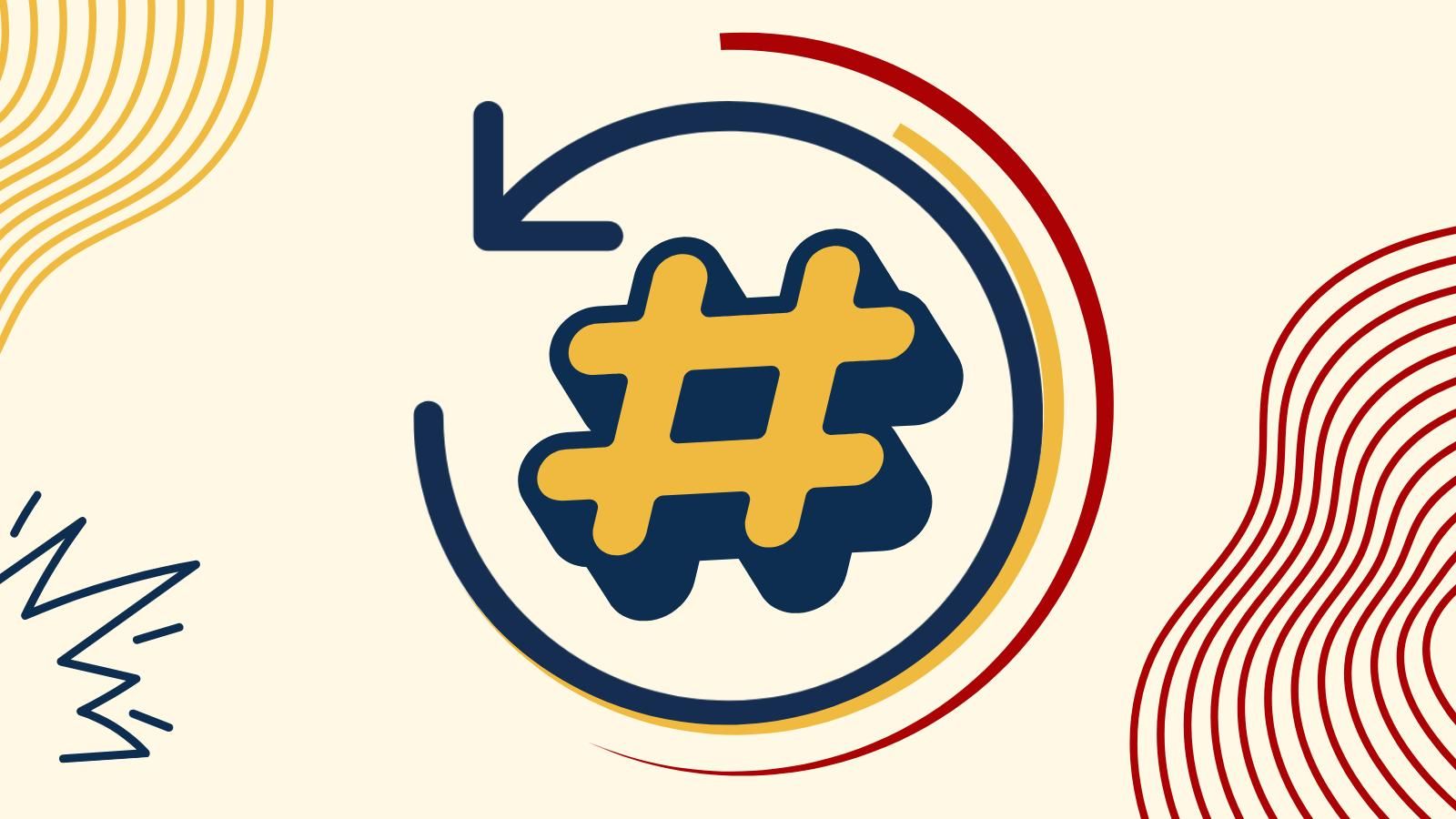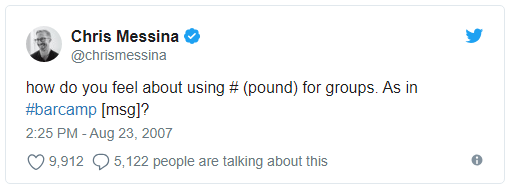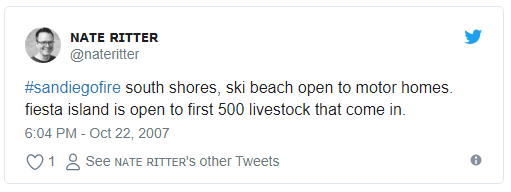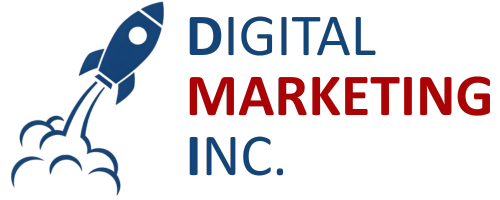The History of the Hashtag: A #Timeline

It was August 2007, a little over 11 years ago, when the idea of the ‘hashtag’ was introduced on the popular social media website, Twitter. Chris Messina, an American tech evangelist, asked his followers how they’d feel about using the pound sign as a way of group messaging. His example? #barcamp.

Just short of two months later, the infamous hashtag was really used for the first time by Twitter user and web developer, Nate Ritter. Ritter successfully used the hashtag #sandiegofire in a series of tweets informing those affected by the wild fires in California. Little did other users know, this would become the first official broadcast of hashtags.


The body content of your post goes here. To edit this text, click on it and delete this default text and start typing your own or paste your own from a different source.
Jump to 2009
Twitter hops on the bandwagon by officially linking anything proceeded by a pound sign. All terms followed by a hashtag would not just link together, but would show up in Twitter search results. Twitter even made commonly misspelled words compatible with the new hashtags.
In 2010, hashtags that were rapidly becoming popular turned into ‘trending topics’ on the front page of Twitter.
January 2011
Starting in January of 2011, the hashtag extended into Instagram and would later affect Facebook, Flickr, Tumblr, and Google+.
Audi becomes the first company to air a commercial with a hashtag during the Super Bowl. (#ProgressIs)
January 2013
Of the 52 ads airing during the 5-hour span, 50% included hashtags.
1. Audi — #BraveryWins
2. Budweiser — #Clydesdales
3. GoDaddy — #TheKiss
4. RAM — #GodMadeAFarmer
5. Taco Bell — #LiveMas
6. Doritos — #Doritos
7. Tide — #MiracleStain
8. VW — #GetHappy
9. Best Buy — #infiniteanswers
10. Hyundai Sonata — #epicplaydate
11. Disney Oz — #disneyoz
12. Subway — #15yrwinningstreak
13. GoDaddy — #YourBigIdea
14. Samsung — #TheNextBigThing
15. M&Ms — #BetterWithMms
16. Calvin Klein — #CalvinKlein
17. Hyundai — #PickYourTeam
18. Toyota — #WishGranted
19. MiO Fit — #ChangeStuff
20. Fast and Furious 6 — #Fast6
21. Cars.com — #NoDrama
22. Bud Light — #HereWeGo
23. Subway — #FebruANY
24. Wonderful Pistachios — #CrackInStyle
25. Speedstick #HandleIt
26. GoPro — #GoPro
March 2013
Flickr adds hashtag support to its iOS app.
June 2013
Facebook begins supporting hashtags (finally).
The social network wanted to make it easier for users to find content already on Facebook, so they decided that the hashtag would be a great first step. By 2013, many Facebook users were already posting hashtags anyway, so the only smart thing would be to make them clickable and searchable. 6 years later is still on time, right?
September 2013
Jimmy Fallon and JT spoof hashtag overuse on The Tonight Show in an epic skit.
November 2013
Twitter holds IPO, proving the power of the hashtag, debuting at $26 a share. Through the sale of approximately 70 million shares, Twitter was able to raise $1.8 billion.
December 2013
#Love is the most-used Instagram hashtag of 2013.
June 2014
The Oxford English Dictionary gives its stamp of approval by adding ‘hashtag’ to the dictionary.
The rest is history.
December 2015
Twitter revealed the top hashtags for 2015. According to The Independent, #JeSuisParis was used around the world to show love, support, and solidarity to those affected by the Paris attacks. The second most common hashtag used in 2015 was #BlackLivesMatter. Twitter uses expressed anger over multiple shootings involving the police and African American citizens, most notably, the slaying of Ferguson, Missouri resident, Michael Brown. The phrase would be used more than 9 million times during the year of 2015. Third on Twitter’s list was on a more positive note, celebrating #MarriageEquality for same-sex couples.
TODAY.
More than 70% of people use hashtags on mobile, 30% on desktop.
Tweets with hashtags are 55% more likely to be retweeted than tweets without hashtags.
Hashtags can be linked to posts, photos, stories, bios, and more.
Hashtags are used across almost all social media platforms and apps.
7 out of 10 hashtags on Instagram are now branded. (Branded hashtags are hashtags associated with a brand or company, but do not necessarily have to be the name of the brand.)
Instagram allows up to 30 hashtags per post.
The use of the hashtag is seen on broadcast media, reality TV shows, game shows, news channels, and more, associating hashtags with whatever and whoever is on television.
#WalkingDead is among one of the most popular hashtags ever.
The NFL continues to use hashtags for every game. For example, the Kansas City Chiefs played the Los Angeles Rams at LA Memorial Coliseum last night. The game went down as one of the greatest regular season games ever played. You can see everything you need to know about the game by searching #KCvsLAR.
Best Practices for Small Businesses
- Hashtags = more engagement.
- Add hashtag links to your bio (recent feature on Instagram!)
- Use hashtags in stories.
- You can include up to 30 hashtags on an Instagram post.
- Research the best hashtags related to your brand.
- Research what hashtags your competitors are using.
- Use hashtags that influential users in your industry are using.
- Use Instagram’s search function to find all hashtags with the keyword you’re researching.
- Don’t use hashtags with too many posts, as you are less likely to be seen.
- Find local or niche hashtags to use rather than the most popular.
